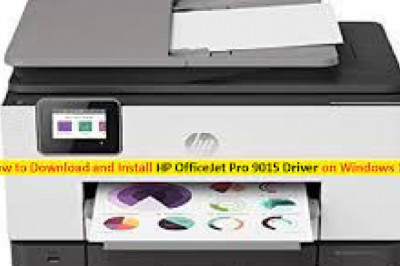views

Marketplaces In The Chemical suppliers
The consumer digital market is very attractive; we can find anything we want there, without restrictions on brand, competition or product mix. Previous buyer reviews, personalization and targeted ads attract us to show us product ads we've seen on other websites or mobile devices. The product may not be the cheapest, but the price is not the main reason for us to use the digital market; the convenience and simplicity of buying what we may need, with just one click of the mouse, is its main attraction.
What's the difference when it comes to purchasing products for our businesses? For 40 years, we've been running our business through fax, email, telephone, and perhaps online stores, and now technology is bringing lightning speed changes. Companies spend a lot of money on digitization, but the results are often "the same", just a little lipstick. By simplifying our processes and not considering new ways of doing business, we are limiting our ability to unleash market power
In Europe alone, there are nearly 23000 chemical suppliers. Many of them are small and medium-sized enterprises, usually family businesses. These companies usually do business the way they always do; they buy and sell, and perhaps provide their own services. Relationships are built for eternity; personality and handshake are important.
You may think that such enterprises will not be affected by new technologies and new trends, but the opposite is true. Tides don't roll past without impact. They are forced to accept their suppliers, or usually their customers, to adapt to the new standards. The younger generation plays an important role in this because they don't accept the complex way companies do business. Many people are frustrated that the discussion of innovation is limited to the front-end process, rather than the overall (broken) process that makes life difficult for customers and employees.
Take a closer look at typical categories of buyers in the chemical industry, many of whom are buying 50 products from more than 200 suppliers worldwide. Each chemical supplier has its own process or tools, far from being consistent or following any standard. Procurement is a complex and time-consuming task. Limited willingness to really get to know a customer, even when the business relationship is long-term and mature, leading to frustrated customers. Without a solid customer satisfaction process, how can a company know if it has loyal customers?
Although automation is the industry's leading trend, there is still a long way to go. With automation, chemical suppliers will certainly reduce efforts and improve efficiency. But is this really the only key performance indicator (KPI)? Considering the challenges and opportunities facing this industry, I believe there will be more.












